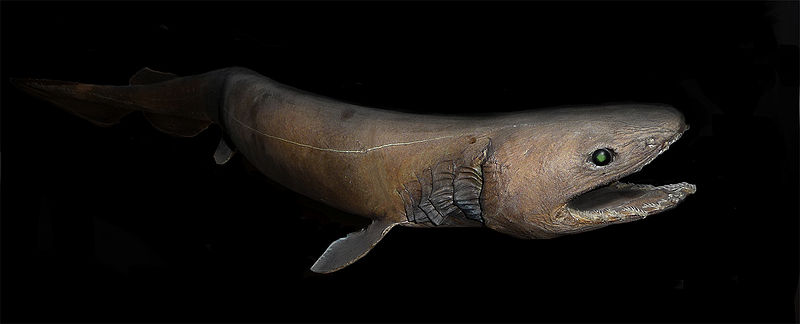A frilled shark, via Citron/Wikipedia
Advertisement

A broadnose sevengill shark (Notorynchus cepedianus), via José María Pérez Nuñez/Flickr

A spotted wobbegong chilling hard, via John Turnbull/Flickr
Greenland sharks are kind of rotund, which is just great.
Advertisement

